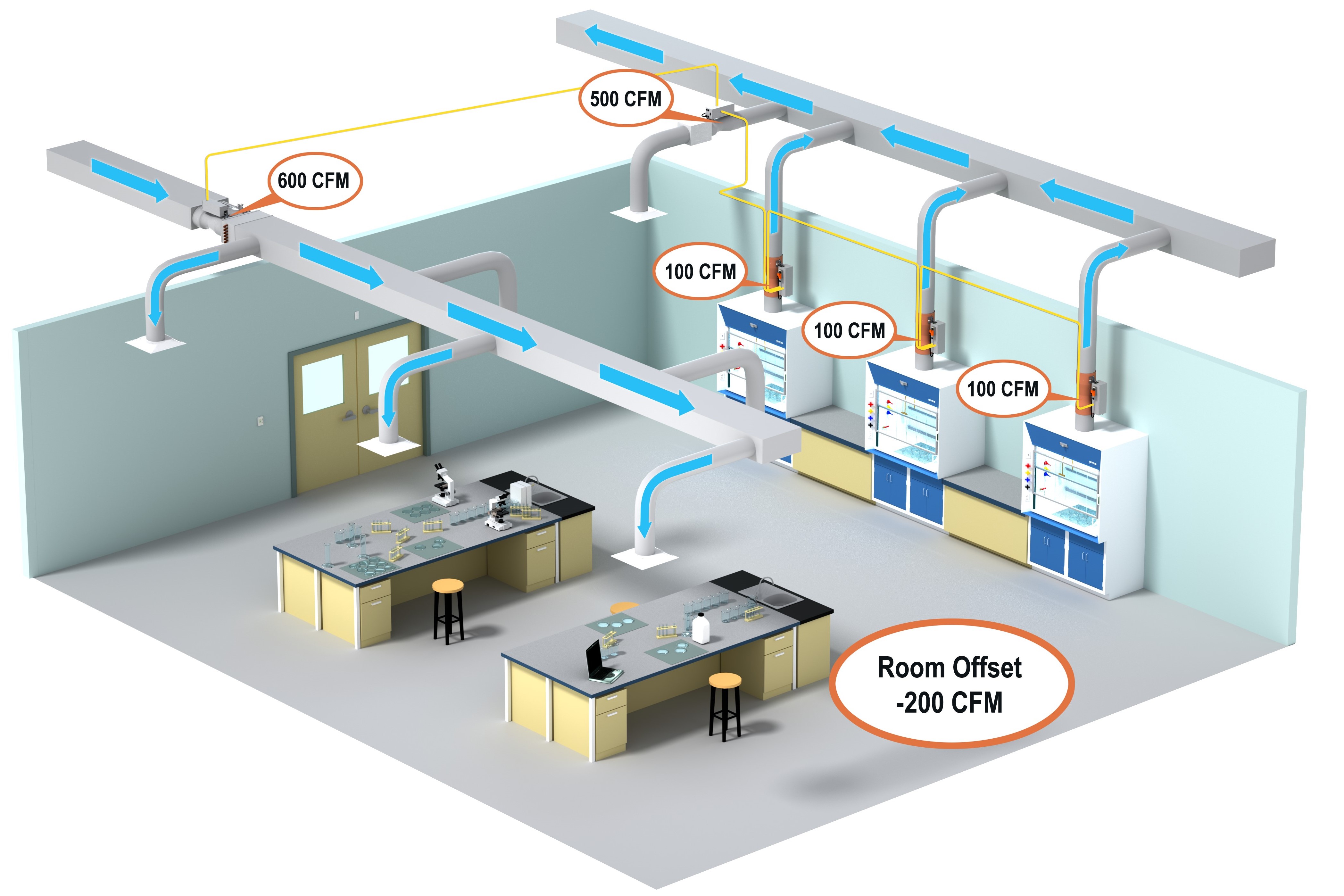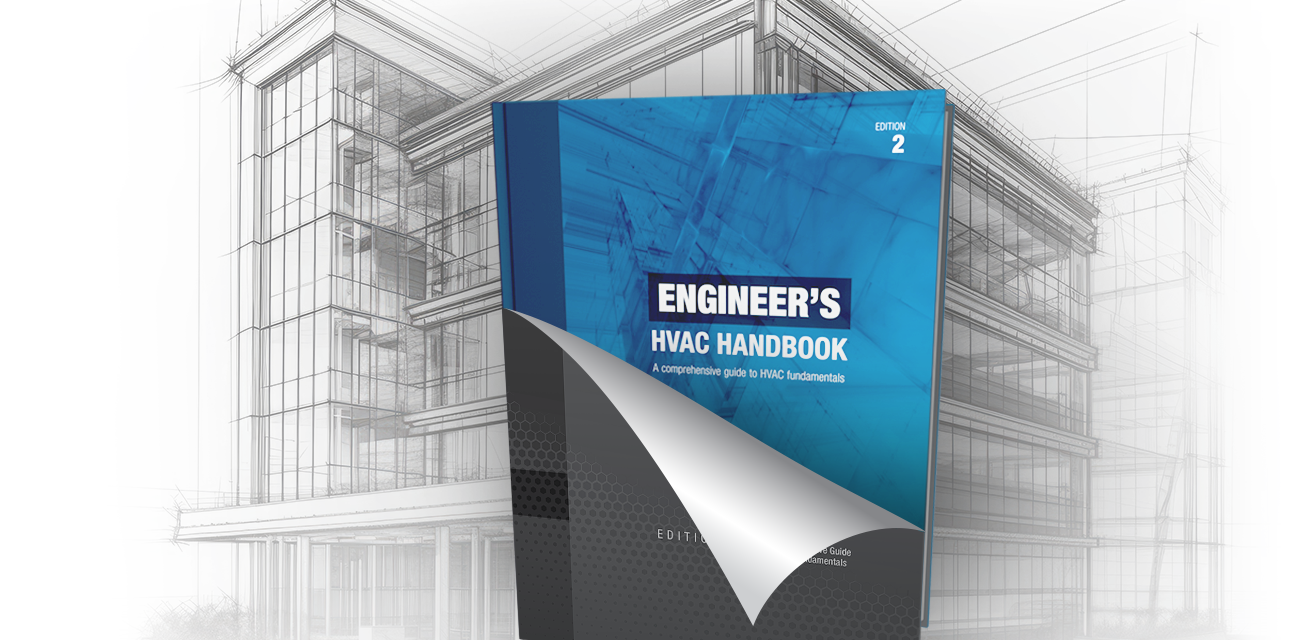Understanding Volumetric Offset and Direct Pressure Control
Maintaining a pressure relationship between a target and reference space provides control over the direction of air leakage that occurs between the spaces. Controlling the direction of this “transfer air” helps to prevent the migration of unwanted particles, which can directly impact occupants and products in or near such spaces.
Read More
Topics:
HVAC Fundamentals,
HVAC,
Engineering,
Design Engineering
On Being a Jack-of-All-Trades and Finding a Home at Price
Price’s ever-growing team is made up of extraordinarily talented individuals from different backgrounds. We periodically profile a “person of Price” to give you a glimpse at the person behind all those emails or the voice at the end of the phone! This post: Steven Berg.
Read More
Topics:
Noise Control,
Employees,
HVAC,
People of Price
Business Community Ready to Celebrate in May 2024
We are excited to share that Gerry Price, CEO and Chairman of Price Industries, has been announced as the 2024 International Distinguished Entrepreneur Award (IDEA) recipient.
This award, presented by the Associates of the Asper School of Business at the University of Manitoba, recognizes individuals who demonstrate global entrepreneurial excellence. Since its institution in 1984, IDEA has honored business executives who have achieved international success and have meaningfully contributed to the economy in Canada or abroad.
Read More
Topics:
Employees,
HVAC,
Philanthropy,
Giving
Price Noise Control Team Delivers Custom Enclosure for Minneapolis School
Public schools play an important role in the communities they serve. More than just a place for students to learn, schools offer valuable extracurricular programs for young people and their families. They help foster a connection between the students and the world around them, and the best schools continually rise to the needs of their neighbors. That was the case in Minneapolis, MN, when Ella Baker Global Studies and Humanities Magnet School (formerly Jefferson Middle School) realized its HVAC system was causing too much noise.
Read More
Topics:
Acoustics,
Noise Control,
Noise Solution,
HVAC,
Engineering,
Design Engineering
Your Complete Guide to Fundamental Industry Knowledge
The original intention of the Price Engineer’s HVAC Handbook was to create a “polished compilation” of existing design guides and examples from the Price Catalog. In typical Price fashion, we dedicated more than 20,000 internal hours over the course of two years to create an industry-first reference guide on air distribution – complete with 1,350 pages and more than 3,000 illustrations.
Read More
Topics:
System Efficiency,
Heat Transfer,
Psychrometrics,
Thermal Comfort,
HVAC Fundamentals,
HVAC,
Engineering,
Design Engineering,
Handbook







